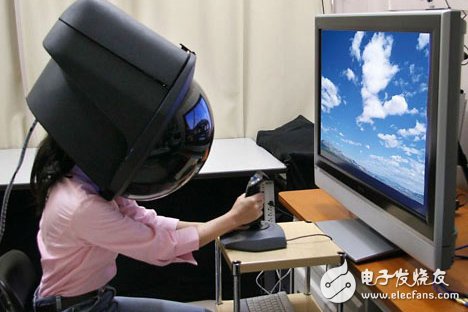The output of information in a human-computer interaction system is beneficial or distracting, with a clear dividing line.
Business Intelligence's research firm, BI Intelligence, recently made an assessment predicting that by 2020, 92 million vehicles sold worldwide will use hardware connected to the Internet. Imagine how tens of millions of vehicle applications are doing data input and output at all times, and what kind of user interaction experience will be brought. With the aid of shared data, driving safety can be greatly improved, and advanced route planning strategies can also reduce fuel consumption. How does the system determine which data is helpful to the driver or the on-board system itself, and will the less relevant data make driving more complicated, more cumbersome, and more dangerous?

The system is designed to present useful information to drivers and passengers through the Human Machine Interface (HMI), which is the most important criterion for measuring future in-vehicle data interaction devices. Without an intuitive solution and design concept, inventors and engineers of in-vehicle system technology will likely cause drivers to pay less attention to road conditions and pose a potential hazard to the safety of life and property of drivers and passengers. Human-computer interaction interface design engineers must always keep in mind that future innovative and user-friendly product solutions should minimize driver distraction and focus on the road, while maximizing the information utility of connected car input and output data. .
There are four main considerations for successfully addressing these issues.
Nowadays, the human-computer interaction interface system designed by engineers uses the driver's eyes and ears as the main way of system interaction, but it is not limited to these two methods. Too much interaction is a common problem in the whole industry . The driver's vision and hearing always receive too much information, but there is no suitable way to balance the information into all the human organs. By implementing a better solution, the burden on the eyes and ears can be reduced, and the use of fingers, palms and even wrists can be increased, and the driver's attention can always be concentrated on the road to instantly discover the potential dangers in the surrounding traffic conditions. For example, mechanical and pneumatic actuator technology can reduce cognitive load because it creates an intuitive communication loop between the vehicle and the driver without the intervention of the eyes or ears.
At present, most information output is in a two-dimensional plane from both visual and acoustic perspectives . Better use of human spatial perception is worthy of further development. When the human-computer interaction interface becomes a multi-dimensional form, users can more easily understand the information content. For example, the Harman research team is testing an interpersonal interface based on advanced 3D display and viewpoint mapping technology. It is a holographic display system; the system is developed to take full advantage of the volume of space available to the driver and steering wheel. Machine intelligence knows which information is relevant to the driver and then presents the most important information in its nearest location.
Very few human-computer interaction interfaces can output non-verbal prompt information, and system engineers often ignore the richness of facial expressions that can convey information , but facial expressions can reflect what the driver really thinks, feels, and needs. Fortunately, engineers are beginning to realize this and are committed to the development of technologies such as eye-focusing sensors and transparent displays. This type of display technology solution not only tracks the driver's eye gaze direction, but also recognizes the focus of the eye. The driver's preference for the transparent display content is discriminated by a clear eye movement method or by the in-vehicle system sensing the unconscious eye movement, and then real-time dynamic adjustment is performed.
Avoiding driver distraction should be the highest level of vehicle design, and cognitive information high load management systems are also required for future products . The output of information in a human-computer interaction system is beneficial or distracting, with a clear dividing line. In order to reduce the information load level, engineers should understand that the human-computer interaction interface affects the driver's control during the system design phase, and the introduction of devices such as smart phones and wearable devices also increases the cognitive load. If the system analyzes that the driver is overloaded with information, it will reduce the amount of visual and audible information input from all devices.
A more practical, informative and intuitive human-computer interaction interface system is the goal pursued by the industry. The future system must have a significant improvement compared to existing products. Driving safety has always been a key consideration for connected cars, and the input and output information flow has become more and more complicated. It is imperative to solve the driver's lack of concentration.
Brushed Dc Motor,Dc Brushed Motor,Brushed Rc Motors,High Torque Brushed Dc Motor
Changzhou Sherry International Trading Co., Ltd. , https://www.sherry-motor.com